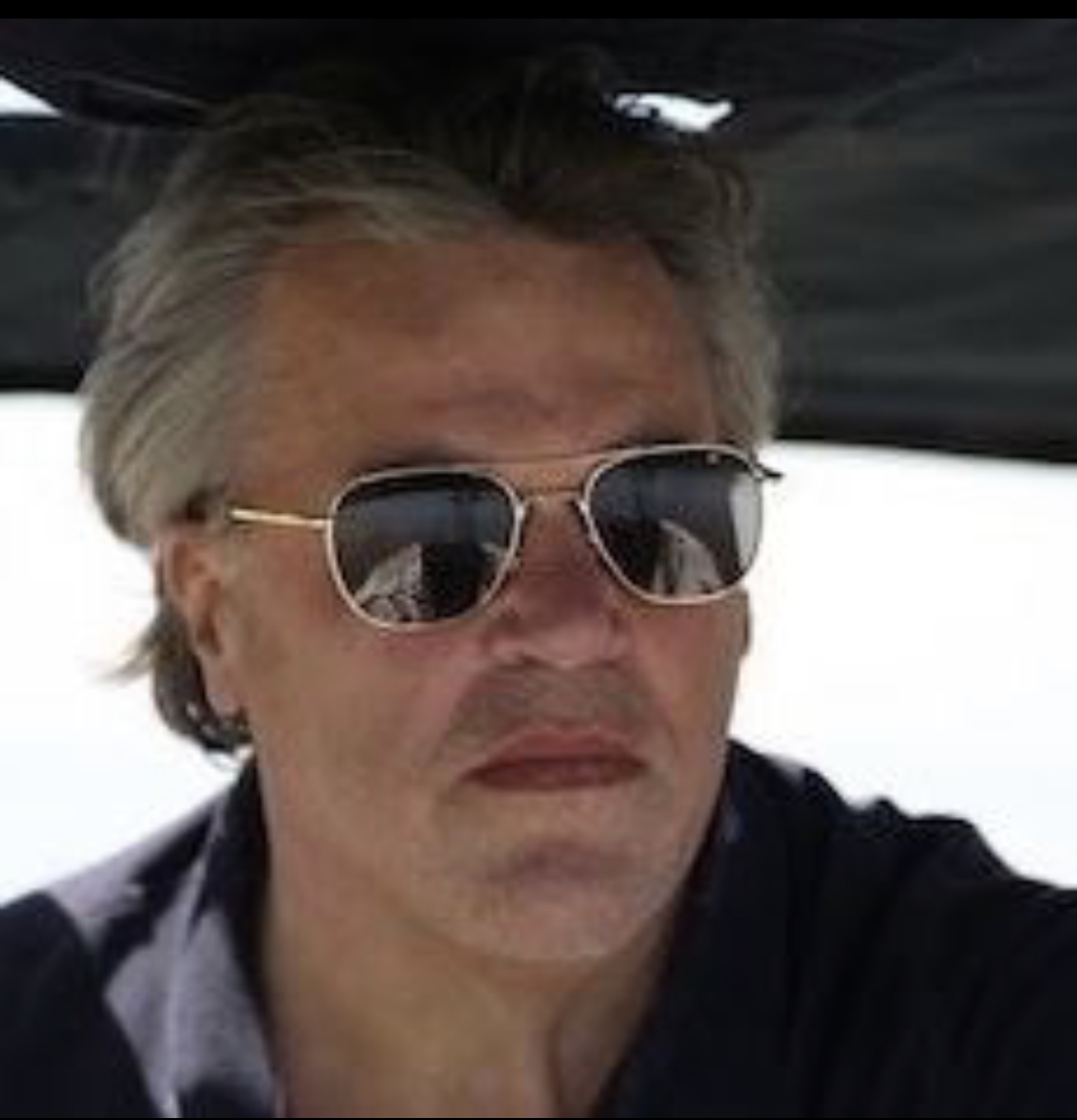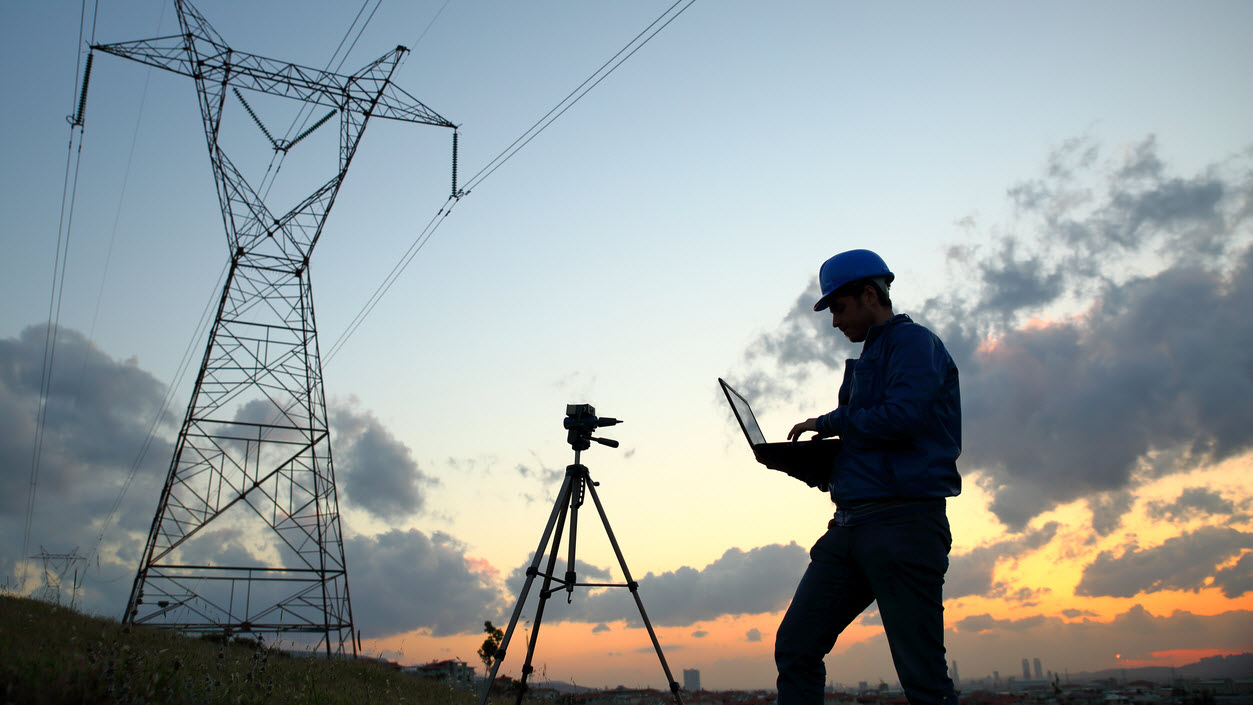| By K. Lee Lerner |
In addition to mitigating carbon dioxide and other emissions causing an enhanced greenhouse effect driving climate change, a series of natural disasters in the United States during recent years has highlighted the often-overlooked potential benefit of creating a more resilient electrical grid as we shift to alternative and renewable energy.
Tropical storms, tropical cyclones, and associated tornadoes, from Hurricane Harvey sweeping into Texas to Hurricane Sandy pummeling the Northeast, have brought destructive storm surges and blackouts. Such storms have exposed vulnerabilities in what many experts argue is an aging energy transfer infrastructure composed of transmission lines, transformers, and substations designed to transmit electricity over large distances from massive generating plants currently powered by fossil fuels.
Most recently, Hurricane Ida destroyed large swaths of the electrical power supply infrastructure as the intense Category 4 storm made landfall in Louisiana. Except for only a relative handful of people and buildings with generators, hundreds of thousands of people, including the entire city of New Orleans, were left without air conditioning and fans during hot summer weather. As with most disasters, the perils and burdens of the storm and its aftermath fell disproportionately on the poorest and most vulnerable victims.

Severe storms from the remnants of Ida continued to move across the United States and into New England, bringing destructive winds and precipitation, and causing deadly flooding and power outages that hindered recovery efforts.
To enhance energy efficiency, most civil engineering and electrical engineering experts argue that a switch to alternative and renewable energy will require more localized production of energy and battery storage. Engineering experts also argue that in addition to mitigating climate change impacts in North America and globally, the development of decarbonized localized grid systems will offer protection from the more frequent and intense storms anticipated due to anthropogenic global warming. Disruptions from such storms should be more limited to areas of actual impact instead of spreading regionally as a result of damaged remote power-generating stations and major transmission lines.
Increasing weather extremes in the form of heatwaves and cold snaps also stress the ability of electrical companies to provide sufficient power.
In addition to lightning-caused wildfires, electrical arcs from damaged transmission lines and transformers delivering electric current from remote power stations also have sparked highly destructive, and sometimes deadly, wildfires.
Localized grids does not mean isolated grids; there will still need to be interconnectivity to share power, including nuclear power, when the sun doesn’t shine and the winds are still.
Learn more about alternative and renewable energy in the newly published sixth edition of The Gale Encyclopedia of Science.

Meet the Author
Recognized for his use of language, accuracy, and balanced presentation, K. Lee Lerner’s portfolio covering science and global issues for Cengage includes two ALA RUSA Book and Media Awards and two works named Outstanding Academic Titles. Holding degrees in science, education, and journalism, including a master’s degree with academic honors from Harvard, Lerner has served on the board of advisors for the venerable American Men and Women of Science since 2003 and, along with Brenda Wilmoth Lerner, as co-editor for three editions of The Gale Encyclopedia of Science. He was the contributing Editor-In-Chief for Gale’s Encyclopedia of Espionage, Intelligence, and Security. A member of the National Press Club in Washington, D.C., Lerner is an experienced aviator and sailor who has completed two global circumnavigations. His Academia site consistently ranks among those most frequently accessed by students, scholars, and decision makers from around the world. Additional information may be found at scholar.harvard.edu/kleelerner and harvard.academia.edu/KLeeLerner.

